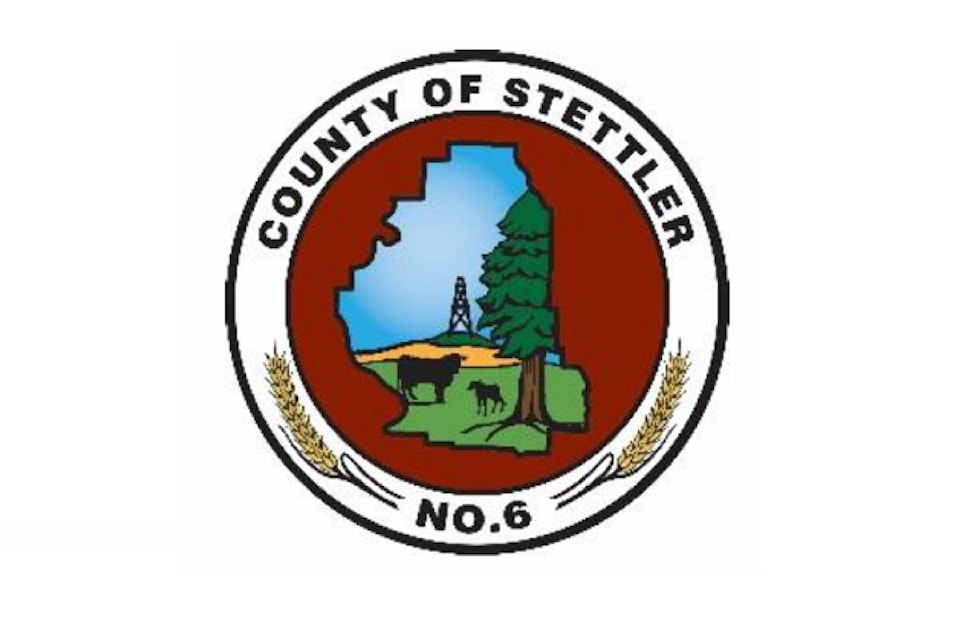The County of Stettler now has “Direct Control” districts for sand, gravel and surface mineral extraction.
Amendments to Bylaws 1719-24 and 1720-24 during the March 13 council meeting made changes to the county’s existing Land Use Bylaw.
Changes made by the creation of the Direct Control district bylaws change the definitions and differentiate between extraction and processing, generally update the regulations, and limit sand, gravel and surface mineral extraction site permits on parcels of less than five hectares to five years or less, and create a Direct Control district for parcels that are larger than five hectares and that may be in operation for longer than five years.
Prior to the passing of the bylaw amendments, a pair of public hearings were held at 1 p.m. on March 13, with no written of verbal submissions having been received by the county.
Bylaw 1720-24 converted nine existing quarter-sections with sand and gravel extraction sites on them to the new districts.
According to County of Stettler development officer Craig Teale, all the properties changed to Direct Control district had the “consent of the landowner to be included.”
Following the approval of the bylaws, council reviewed a quintet of development permits for new gravel piles in the county all of which would fall under the new Direct Control district rules.
The first new pit is in the northern section of the county east of Donalda. Currently bare land, the intent is for the landowner to get approvals for the pit before having a producer come in and do the actual resource extraction.
“We’re not sure when the activity would occur,” said Teale.
Council approved the recommended 10-year permit for the site.
The second development permit is for a bit by a private contractor located near Big Valley near the Fenn Road.
According to Teale, the pit already exists and has around 20 years’ worth of gravel, or about 650,000 tonnes yet to come out of.
it.
While there was some concern about the approach for the pit, council ultimately granted the pit a 10-year permit extension provided the approach be upgraded “to county satisfaction.”
Another pit by the same developer, one which will be headed for reclamation almost immediately, was also approved for a 10-year permit.
The final pit reviewed by council was for another privately developed pit near Donalda.
When fully developed, the pit will be 21 hectares in size.
The Donalda pit, known as the Norman Pit, was approved for 10 years.
Finally, the council reviewed the permit for a county-owned pit near Big Valley.
Located 7.5 miles northwest of Big Valley, the total pit is being excavated in a northwest-to-southeast direction and will cover 19 hectares once fully developed.
The life of the pit is expected to be around 20 years, with around 395,000 tonnes of gravel on site.
The permit for the site was approved for 10 years.
Gravel crushing
During the March 13 meeting, council also approved the tender for gravel crushing in 2024.
Five companies bid on the tender, with prices ranging from $405,000 to $886,950.
Administration’s recommendation was to award the contract to Howells Excavating, which came in “significantly less” than the other bids. Administration also recommended, with 250-300 miles worth of roads to gravel in 2024, to top the budget up to the fully allocated $600,000 which was budgeted in 2024.
The tender will stockpile over 45,000 cubic metres of gravel for county use on the roads this year.
Coun. Ernie Gendre put forward the carried motion approving the tender.
